Top 10 remote areas in the contiguous United States
Total, utter desolation can be found in many spots around the world: Antarctica, many deserts, Siberia, Pacific islands. Yet even in the United States, you can find some very remote spots, far from the gas stations, Walmarts, and interstate highways that dot the landscape. Here are the top 10 most remote places in the contiguous United States, based on U.S. Census reports, anecdotal evidence, published reports, maps and my own personal travels. While it would be almost impossible to pick the exact GPS coordinates of the most remote spot within these areas, these general regions provide plenty of opportunity to get away from it all. You can visit all of these no-man's lands, but be forewarned — if something goes wrong, you are on your own, with help hours or even days away.
10. I-70 in Eastern Utah
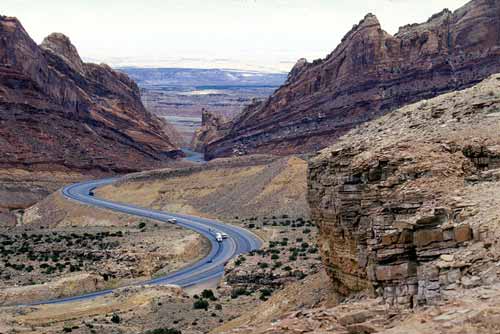
Some people might not consider land bisected by an interstate highway to be isolated and remote. Those people have probably never driven on Interstate 70 in eastern Utah. Between the towns of Green River in the east to Salina in the west lies a 105-mile stretch of highway with no towns, and only six exits. There are no gas stations, making this the longest stretch of service-less interstate in the country. Most of the route travels through Emery County, which is more than half the size of New Jersey, but with only 10,000 residents. Utah is basically one huge national park, with several national parks and monuments, and the scenery — such as the San Rafael Swell shown above — on this stretch of highway is also very picturesque. You just won't see nearly as many people here as in the national parks.
9. Hinsdale County, Colorado
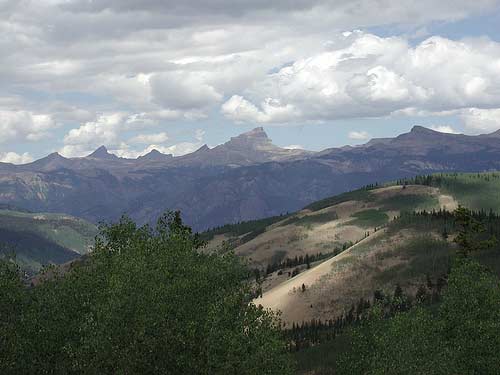
Located in southwest Colorado, Hinsdale County has more roadless land per capita than anywhere else in the contiguous United States, according to a U.S. Geological Survey study. The county is extremely mountainous, which helps explain the lack of roads. Hinsdale County is remote, but if you walked from the county's southern boundary for 90 minutes or so, you'd run into U.S. 160. Take the highway 20 minutes west and you're in the resort town of Durango. Two hours from remote to resort leaves the county at No. 9 on this list.
8. U.S. Highway 50, Nevada
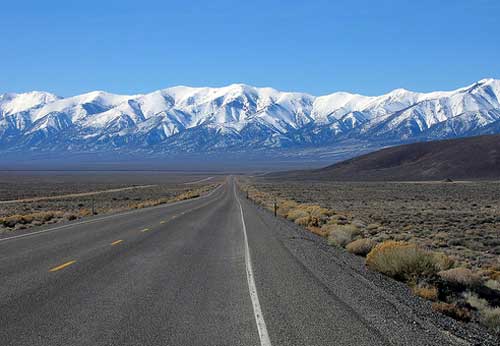
Tourism officials in the state of Nevada were elated when, in 1986, Life Magazine dubbed the transcontinental stretch of U.S. Hwy. 50 that runs through Nevada 'The Loneliest Road in America.' Shortly after, signs went up on U.S. 50 touting that claim. Here's one of the best testaments to the area's remoteness: Great Basin National Park, just off U.S. 50 in Eastern Nevada, was found in 2004 and 2005 to have night skies among the darkest in the country. The most desolate part of U.S. 50 is probably the 73-mile stretch in eastern Nevada between the towns of Ely and Eureka. The highway crosses several mountain passes with landscape that looks more lunar than Earthly. This is not a place you want to have a breakdown.
7. Supai, Arizona

Supai takes the honors as the most remote town in the continental U.S. The 400-some residents of Supai have a great neighborhood, though — their town is located at the bottom of the Grand Canyon. Capital of the Havasupai Indian Reservation, Supai is so remote that there are no cars. Mail and supplies arrive via helicopter or a mule train that requires a six-hour round-trip. Supai is so far off the beaten path that even the U.S. Census Bureau forgot to count the residents in the 2000 census.
Supai rates no higher on this list because despite its remote location, the town has a tourist trade. There's a 24-room lodge, the Havasupai Lodge, which is a bit pricey (but how often in your life will you spend the night in a lodge at the bottom of the Grand Canyon?). The eight-mile hike to town is full of natural beauty, and the town is located only about two miles from the plunging Havasu Falls.
6. Nebraska Sand Hills
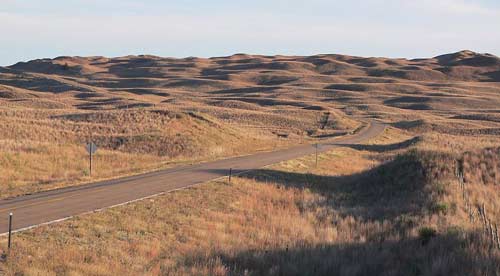
Even if you've never been to Nebraska, you probably have this image of the state: flat, rolling farmland, with neat farmhouses and cornfields stretching as far as the eye can see (hey, they don't call it the Cornhusker State for nothing.) You'll find a lot of that in Nebraska, but it's a different scene in the northwest part of the state. Here you'll encounter the Sand Hills region, more than 20,000 square miles of grasslands and sand dunes, with some more than 300 feet tall. Residents are few and far between, not only because of the inhospitable terrain, but also because of a 1904 homesteading act that allowed homesteaders to stake claims to massive 604-acre parcels. Like many other locations on this list, regional tourism officials are trying to capitalize on the area's remoteness, dubbing it 'Nebraska's Outback.'
5. Wyoming
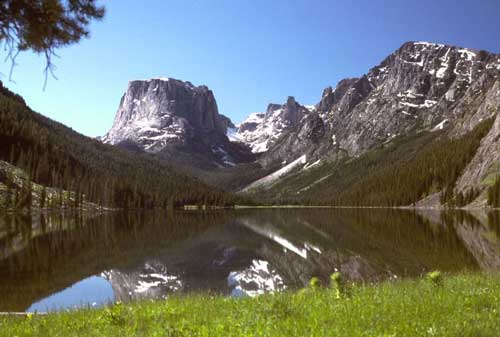
Yes, this entire state is worthy of recognition for remoteness, narrowly beating out North Dakota. The 10th largest state in size, Wyoming had only 563,626 residents as of 2010, ranking it 50th in the United States in population. The population density of 5.4 residents per square mile rates 49th in the U.S. The most remote area in this wide open space is in Yellowstone National Park (see below), but after that, the least-populated area is probably in eastern Sweetwater County. But if you're looking for some alone time in the great outdoors, you can head for the Wind River Mountains or any other mountain range in the state and find remote conditions.
4. Yellowstone National Park, Southeast Region

Some 3.6 million people visited Yellowstone National Park in 2010, but most of those visitors stayed on the park's popular figure-8 loop road, within a quick drive of several visitors centers and outfitter stores both inside and just outside the park. Nothing too remote about that. But leave the highway and start hiking and you encounter a vast wilderness where you're more likely to encounter a grizzly bear than another human, and where help can be several hours' walk away. The most remote part of Yellowstone is the southeast corner of the park. Known as the Thorofare, the area includes part of the Teton Wilderness, and is home to the headwaters of both the Snake and Yellowstone rivers. Several sources have studied topographic maps and satellite images of the area and determined it is farther from a road than any other area in the continental United States. The only thing holding this area down on the list is that it's so remote, it's become a very trendy spot for backpackers. It's also a popular hunting destination, and there are park rangers around to monitor the action.
3. West Texas
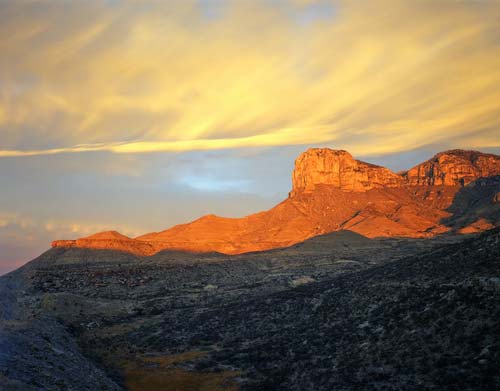
As Texans are fond of saying, everything is bigger in Texas. That applies to the empty spaces, too. East and central Texas have plenty of population centers, including the mega-cities of Dallas/Fort Worth, Houston and San Antonio, but West Texas is where you can still find the Texas of 200 years ago. Census statistics explain the desolation to be found in West Texas. Excluding El Paso, located in the far west corner of Texas, the eight-county region west of the Pecos River had 55,723 residents (2000 census) in an area of 30,464 square miles, roughly the size of South Carolina. If West Texas were a state, that population density of 1.8 people per square mile would rank it 49th, behind only Alaska, which has 1.2 people per square mile. And the area adjacent to the Trans-Pecos region isn't exactly metropolitan. In fact, Loving County, on the New Mexico border, had only 82 residents as of 2010, making it the least populous county in the United States. The best way to enjoy this emptiness is by visiting Guadalupe Mountains National Park.
2. Northern Maine
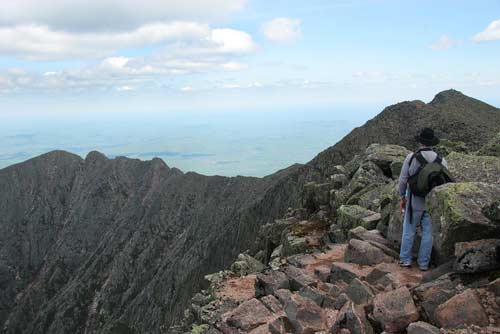
How remote is Northern Maine? There is a segment of the Appalachian Trail, between the town of Monson and Mount Katahdin, known as the 'Hundred-Mile Wilderness.' There are no towns and no supplies along the route, so hikers are warned to carry several days' worth of supplies. And that is not even the most remote part of Northern Maine, which is a little further northwest. Known as the North Woods, that area contains some 3.5 million acres of forest and there are only a few small settlements. Yet even the organization that manages the area points out it is not a wilderness, as thousands of miles of logging roads traverse the area, and it sees heavy logging activity. Popular with outdoorsmen, access is available, for a fee, at 15 checkpoints entering the region. A move is underway to turn part of northern Maine into a national park. Locals oppose the effort, and it had stalled as of 2011.
1. Southeast Oregon
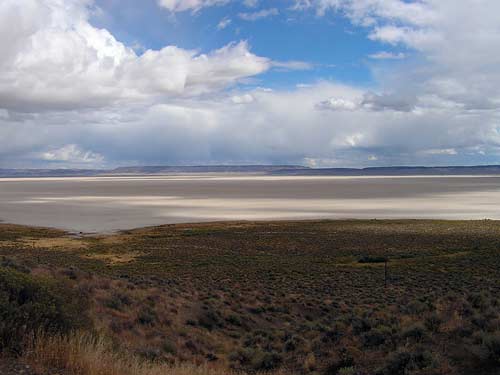
Southeast Oregon's remoteness has inspired a plethora of nicknames: The 'Great Sandy Desert', 'Oregon's Outback', the 'Great Wide Open' for starters, along with the most popular, 'The Big Empty'. The names all fit. Southeast Oregon is nowhere near anywhere. U.S. 95 cuts a 123-mile path through the southeast corner of this emptiness, passing through two tiny settlements, Jordan Valley and Burns Junction. Further west lies the Alvord Desert. This is ranching country, filled with enormous ranches tens of thousands of acres in size. If you go, you're more likely to encounter a rattlesnake or bighorn sheep than another person, but some mountain bikers, hunters and campers have discovered the isolated beauty of the area.